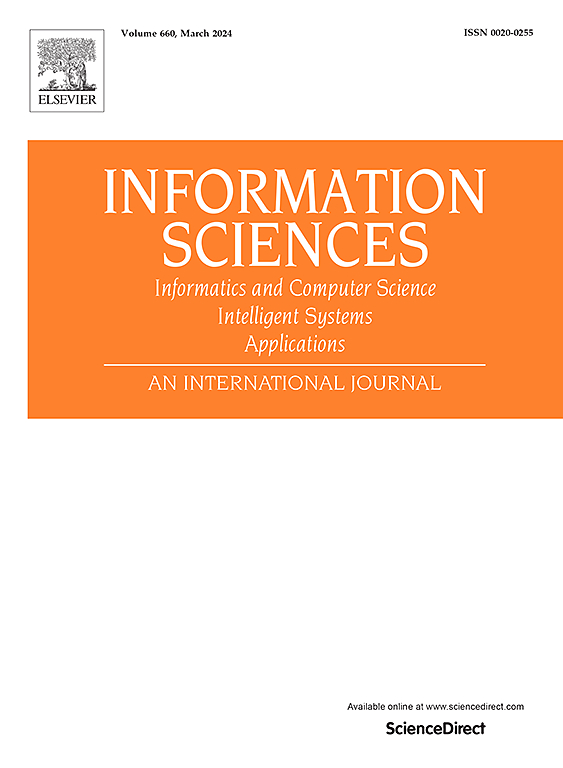基于尖峰变分图自编码器的堆叠集成电路布局层数优化
IF 6.8
1区 计算机科学
0 COMPUTER SCIENCE, INFORMATION SYSTEMS
引用次数: 0
摘要
随着芯片设计的复杂性不断增加,在三维(3D)架构中堆叠多个器件层已成为提高性能,功率效率和面积(PPA)的有前途的方法。层数的选择对三维堆叠芯片布局中宏模块排列和层间连接的优化有重要影响,既影响布局优化的可行性,也影响芯片的最终性能。在本文中,我们创造性地提出了尖峰变分图自编码器(S-VGAE),旨在将其应用于多种堆叠聚类中,以划分包含22个集成电路的数据集。通过将图拓扑转换为时空脉冲模式,尖峰图卷积从根本上增强了后续图自编码器的表示能力。在所有模具的布局阶段,我们提出了记忆启发的自下而上左合理学习(MBLJL)策略,以确定两层或三层堆叠布局的更好性能。本文章由计算机程序翻译,如有差异,请以英文原文为准。
Optimizing the number of floorplanning layers for stacked integrated circuits based on spiking variational graph auto-encoders
As the complexity of chip design continues to increase, the stacking of multiple device layers in a three-dimensional (3D) architecture has emerged as a promising approach to improve performance, power efficiency and area (PPA). The optimization of macro-module arrangement and inter-tier connections in 3D stacked chip layout is significantly influenced by the selection of the number of layers, which affects both the feasibility of the layout optimization and the final performance of the chips. In this paper, we creatively propose the Spiking Variational Graph Auto-Encoders (S-VGAE), which aim to be applied in several varieties of stacked clustering to partition the data set comprising 22 integrated circuits. By converting graph topology into spatiotemporal pulse patterns, the Spiking Graph Convolution fundamentally enhances the representational capacity of subsequent Graph Auto-Encoders. In the layout stage for all dies, we propose the Memristive-Inspired Bottom-up Left Justified Learning (MBLJL) Strategy to determine the better performance of bi-level or tri-level stacked floorplanning layout.
求助全文
通过发布文献求助,成功后即可免费获取论文全文。
去求助
来源期刊

Information Sciences
工程技术-计算机:信息系统
CiteScore
14.00
自引率
17.30%
发文量
1322
审稿时长
10.4 months
期刊介绍:
Informatics and Computer Science Intelligent Systems Applications is an esteemed international journal that focuses on publishing original and creative research findings in the field of information sciences. We also feature a limited number of timely tutorial and surveying contributions.
Our journal aims to cater to a diverse audience, including researchers, developers, managers, strategic planners, graduate students, and anyone interested in staying up-to-date with cutting-edge research in information science, knowledge engineering, and intelligent systems. While readers are expected to share a common interest in information science, they come from varying backgrounds such as engineering, mathematics, statistics, physics, computer science, cell biology, molecular biology, management science, cognitive science, neurobiology, behavioral sciences, and biochemistry.
 求助内容:
求助内容: 应助结果提醒方式:
应助结果提醒方式:


